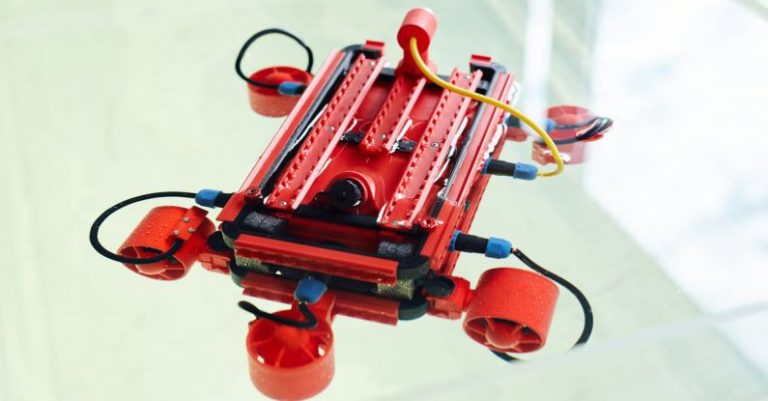Driving Safety in Construction with Advanced Composite Materials
The construction industry is one of the most hazardous sectors for workers, with a significant number of accidents occurring each year. One area that requires particular attention is driving safety on construction sites. The use of advanced composite materials in construction vehicles and equipment has the potential to greatly enhance safety measures and reduce the risk of accidents. These lightweight and durable materials offer a range of benefits that can help improve the overall safety of construction sites.
Enhanced Durability and Impact Resistance
Traditional materials such as steel and aluminum have long been used in the construction of vehicles and equipment. While these materials are strong, they can be heavy and prone to corrosion over time. Advanced composite materials, on the other hand, are lightweight yet incredibly durable. This combination of strength and weight reduction can significantly improve the safety of construction vehicles by reducing the risk of fatigue and mechanical failures.
Moreover, advanced composite materials offer superior impact resistance compared to traditional materials. In a dynamic construction environment where vehicles and equipment are constantly exposed to various hazards, such as falling debris or collisions, the ability to withstand impacts is crucial for ensuring the safety of workers on-site. By incorporating advanced composites into the design of construction vehicles, manufacturers can enhance the overall safety performance of these machines.
Improved Ergonomics and Operator Comfort
Another essential aspect of driving safety in construction is the comfort and ergonomics of the vehicle’s cabin. Long hours spent operating heavy machinery can take a toll on the operator’s physical well-being, leading to fatigue and decreased alertness. Advanced composite materials can be molded into ergonomic shapes that provide better support and comfort for the operator, reducing the risk of musculoskeletal injuries and improving overall performance.
Additionally, advanced composites offer better vibration damping properties compared to traditional materials. Construction vehicles are often exposed to rough terrain and uneven surfaces, causing vibrations that can impact the operator’s comfort and concentration. By using advanced composite materials in the construction of vehicle cabins, manufacturers can reduce vibrations and noise levels, creating a more comfortable working environment for operators.
Increased Fuel Efficiency and Environmental Sustainability
Driving safety in construction is not only about protecting workers but also about minimizing the environmental impact of construction activities. Advanced composite materials are not only lightweight and durable but also offer the potential for improved fuel efficiency in construction vehicles. The reduced weight of composites can lead to lower fuel consumption, resulting in fewer emissions and a smaller carbon footprint for construction operations.
Furthermore, advanced composite materials are often recyclable and can be manufactured using sustainable processes. By choosing composite materials for construction vehicles and equipment, companies can contribute to reducing the environmental impact of their operations and promote sustainability in the construction industry. This dual focus on safety and environmental responsibility is crucial for ensuring the long-term viability of construction practices.
Enhanced Design Flexibility and Customization Options
One of the key advantages of advanced composite materials is their versatility in design and customization. Traditional materials often have limitations in terms of shape and form, which can restrict the design possibilities for construction vehicles and equipment. Advanced composites, however, can be molded into complex shapes and structures, allowing for innovative designs that prioritize safety and performance.
Manufacturers can take advantage of the design flexibility offered by advanced composites to create vehicles that are tailored to specific construction tasks and environments. Whether it’s optimizing visibility, enhancing maneuverability, or improving load capacity, advanced composite materials provide endless possibilities for customizing construction vehicles to meet the unique safety needs of each project.
Driving Safety in Construction: Looking Ahead
As the construction industry continues to evolve, so too must the safety measures in place to protect workers on-site. The integration of advanced composite materials into construction vehicles and equipment represents a significant step forward in enhancing driving safety and overall job site security. By leveraging the benefits of lightweight, durable, and customizable composites, construction companies can create a safer and more sustainable working environment for their employees.
In conclusion, the adoption of advanced composite materials in construction vehicles offers a promising path towards improved driving safety and operational efficiency in the construction industry. By prioritizing durability, comfort, fuel efficiency, and design flexibility, companies can better protect their workers while also advancing environmental sustainability goals. Embracing innovation and technology in the construction sector is key to ensuring a safer and more productive future for all involved.






